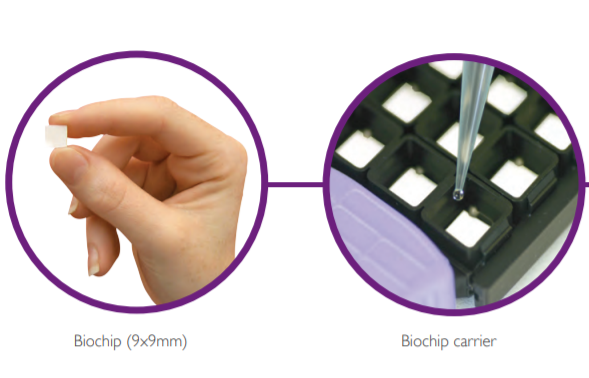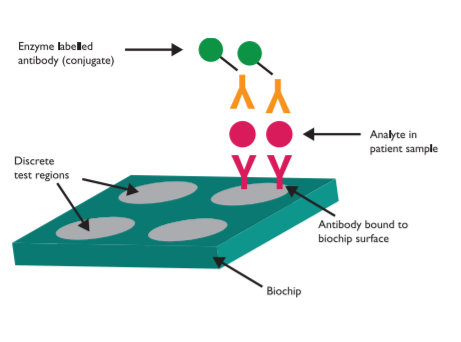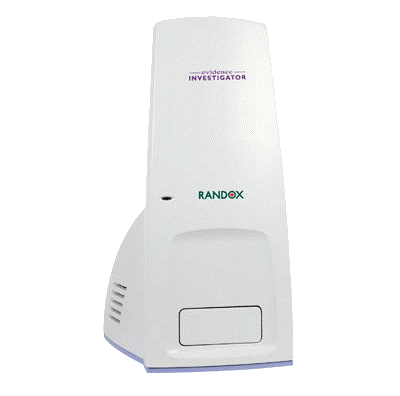Towards the end of March 2020 I received an email from our school office which detailed temporary opportunities to work for Randox, a medical diagnostics company here in NI, to help with the COVID-19 response. These tests are being used within the UK government’s national COVID-19 testing programme. In the year prior to starting my PhD, I actually worked for the same company, albeit in a different department. So due in part to this, and also because I wanted to help, I applied for a 5 month contract as a scientist in the covid labs.
Before entering the building, your temperature is taken. We were provided with the usual PPE of a lab – gloves, lab coats, safety glasses and of course a face mask. During a week of training, the procedure was explained to us. There are 3 separate steps to the procedure – RNA extraction, PCR (Polymerase chain reaction – which amplifies any viral RNA present) and hybridisation (of the sample to the biochip surface), occurring in that order. These procedures were performed in different labs – with no crossover of personnel in order to limit contamination possibilities.
I was placed in the hybridisation lab. Once samples have been extracted and finished PCR, we receive them through a hatch in the wall, and they are placed in the fridge until someone is free to run them. When you receive a sample plate, you receive paperwork alongside. This paperwork is checked to make sure everything matches, and the rest is completed by the “biochipper” or in this case, me. We each had our own analyser and equipment (such as pipettes etc) which were cleaned between runs. Samples from the 96 well plate are added to a sample carrier, which has 9 biochips. Samples are added to individual biochips, meaning that 11 biochip carriers are needed to complete an entire plate.

Despite the fact that the biochip itself is only 9x9mm, they can have up to 49 discrete testing regions (DTR), which can each be a different test, thus allowing multiple test results to be generated simultaneously. Previously, these biochips have been used to detect a wide array of analytes. I’ve included a diagram below which illustrates the general process (in order to detect COVID-19, the process is slightly different). The biochip comprises two tests for COVID-19; one specific and one confirmatory as recommended by the World Health Organisation (WHO).
The biochip itself has 2 control DTR’s, which have a set range. If the levels for these control DTRs fall outside specified target ranges, an error code will be generated instead of a result. There are also external PCR controls which are tested with each sample plate. A failure for one of these PCR controls would compromise the results of the entire sample plate, and so if this occurs the samples must be re-extracted.

At the end of the process, biochips are imaged on a Randox analyser – the Evidence Investigator. The light emmited from the reaction that takes place within each DTR is detected using a Charge – Coupled Device (CCD) Camera.

Source: Randox.com
During my time at Randox, I worked 2 12 hour shifts per week, allowing me to continue to work on my PhD. I’m glad to have had the opportunity to work during this time, especially in a lab as the ones at the university were closed! Though now that my contract has ended I’m really looking forward to continuing with my PhD and finally getting to do some fieldwork!





















































